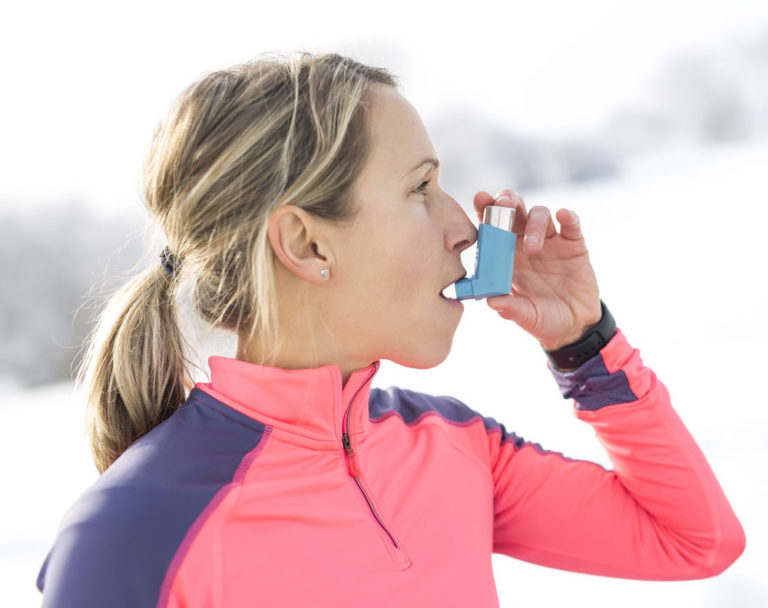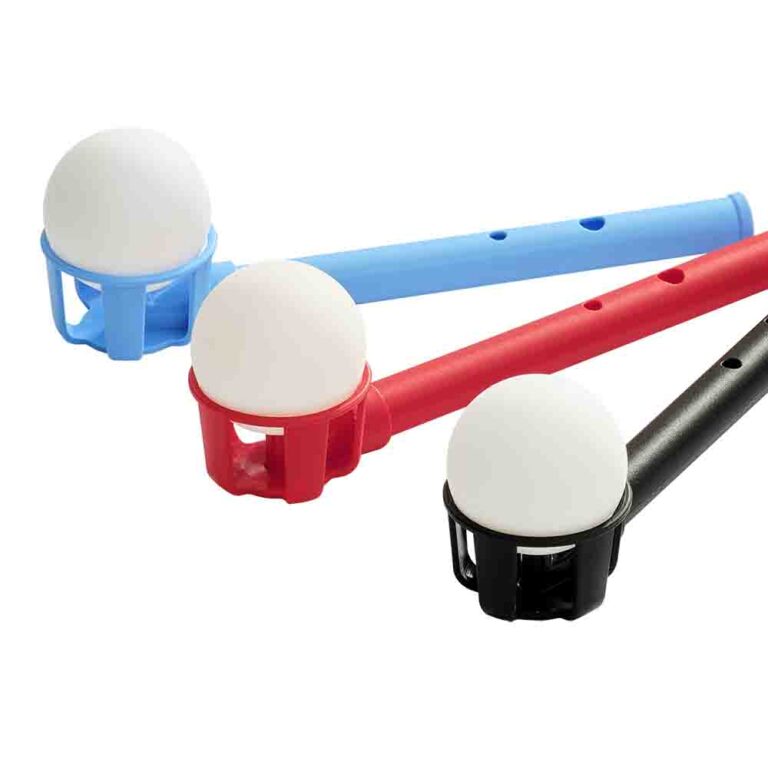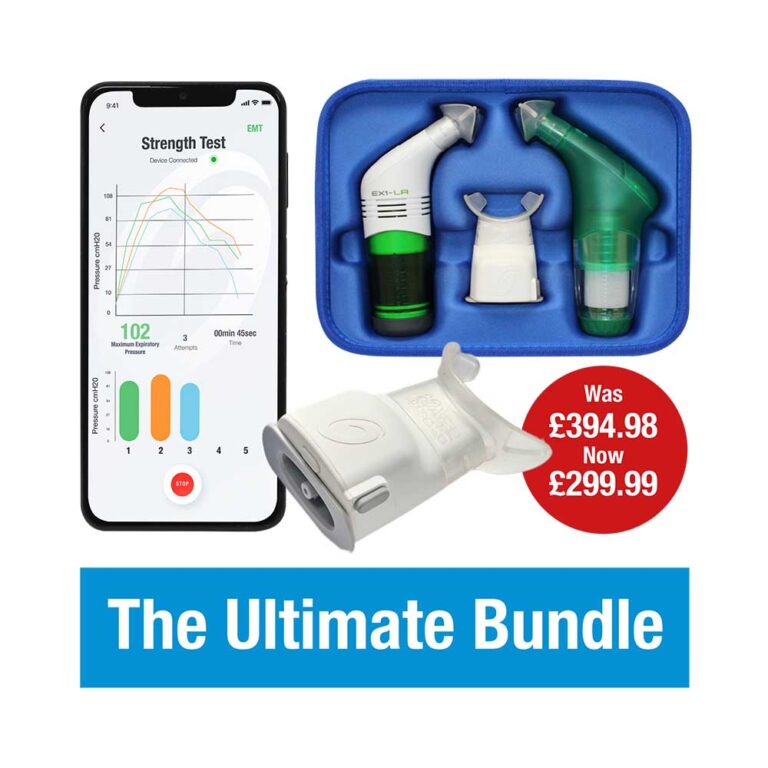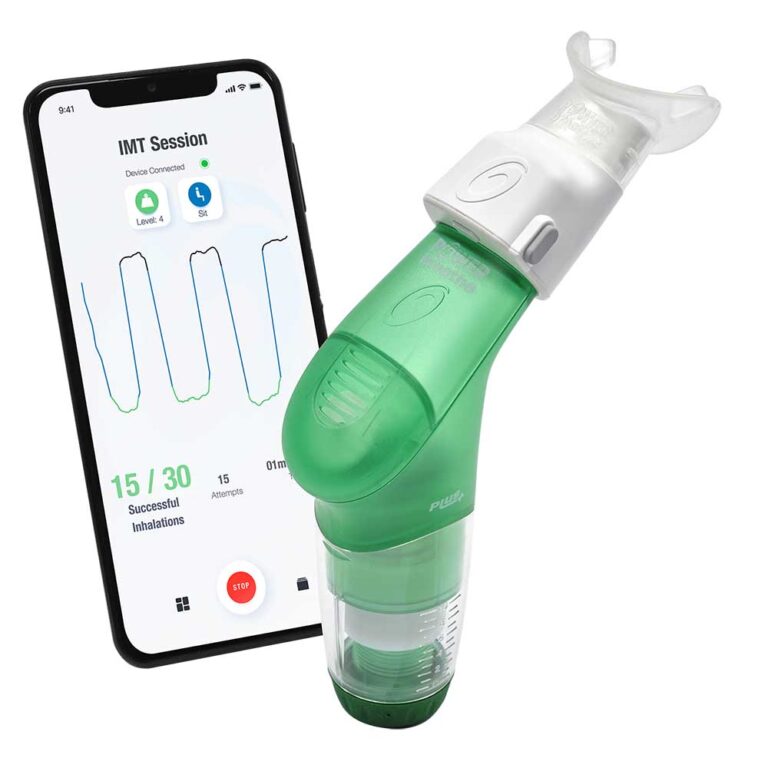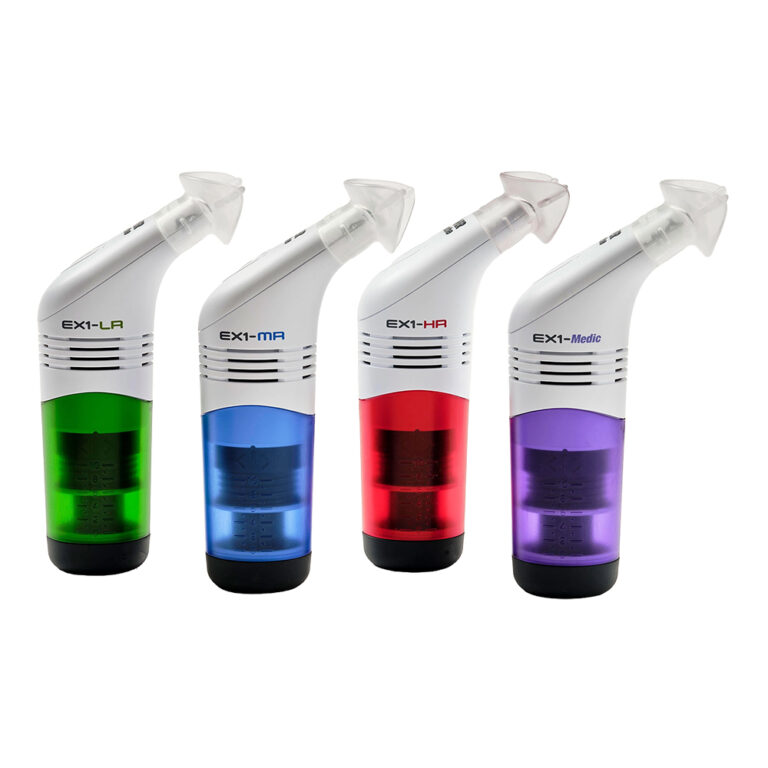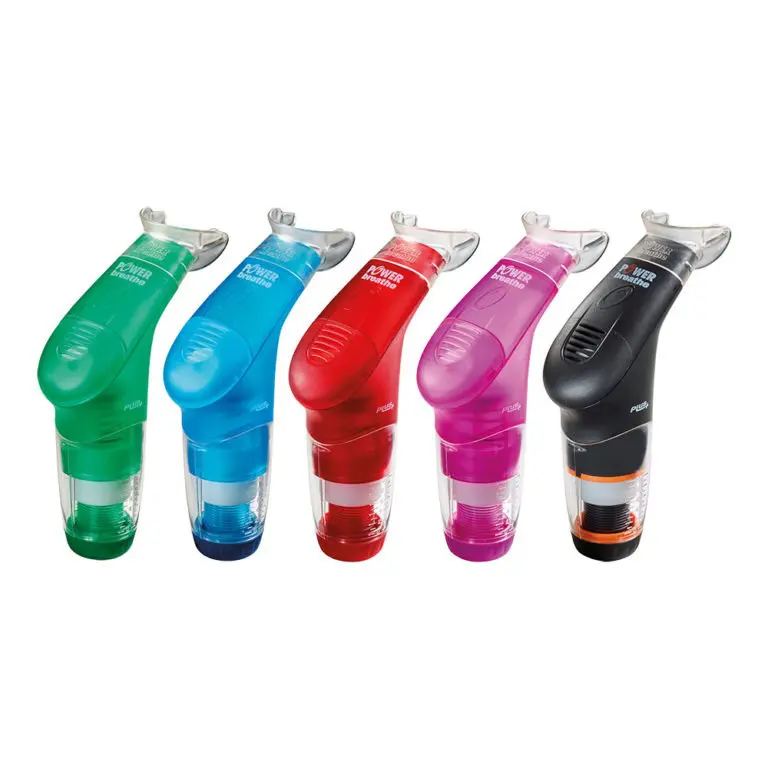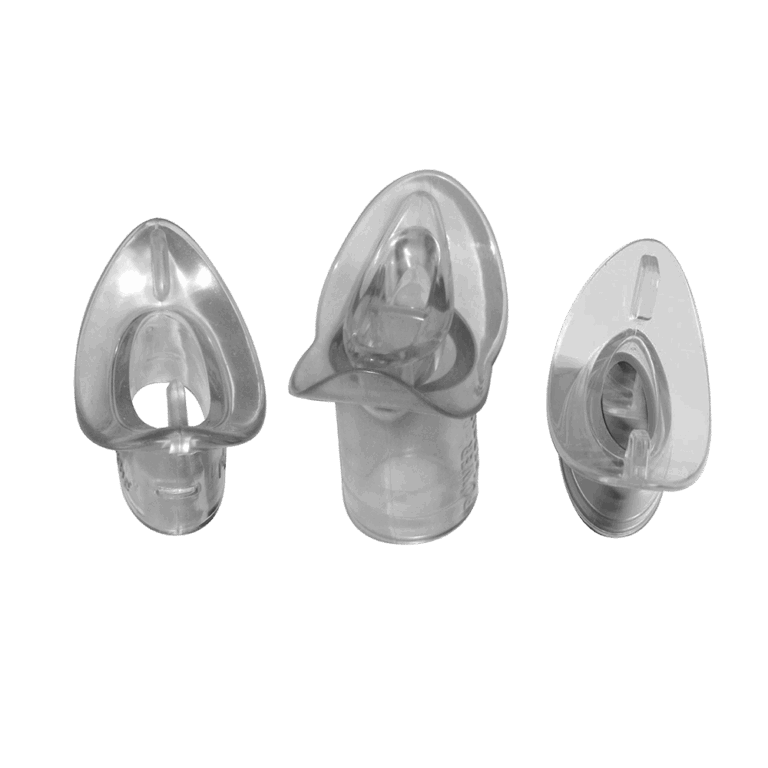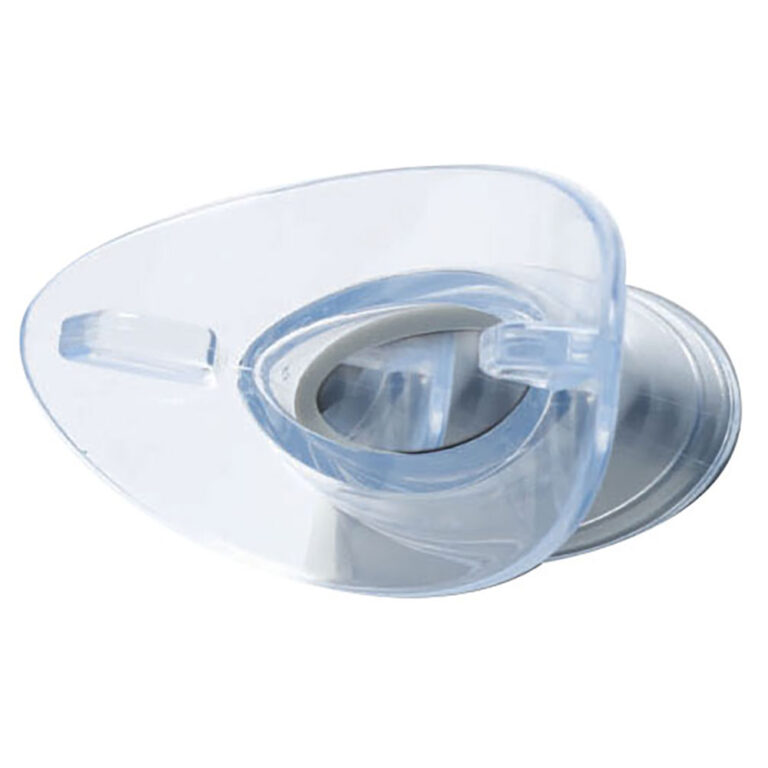
COPD
Studies show that patients with COPD using IMT, increase their exercise capacity, improve quality of life, and decrease dyspnea.
Drug-Free Airway Clearance
COPD can cause an excess of mucus production, causing you to cough. Coughing is your body’s natural way of expelling mucus, but sometimes coughing isn’t enough and can be tiring. You may be prescribed mucus-thinning drugs, but there’s a drug-free therapy too, known as PEP and OPEP devices.
PEP (positive expiratory pressure) and OPEP (oscillatory positive expiratory pressure) offer drug-free airway clearance therapies.
OPEP devices, such as Shaker, combine the benefits of PEP with airway vibrations, or oscillations, which ‘shakes’ the mucus to break it down, enabling it to move up the airways. This ‘shaking’ happens as you force a deep exhalation through the device, allowing removal of the secretion to be coughed or huffed out.

Breathing Effort In COPD
If you have COPD, emphysema or chronic bronchitis, you will have weak breathing muscles, making it harder for you to get air in and out of your lungs.
Dyspnoea, a feeling of difficult, laboured breathing or shortness of breath, is common in COPD, and breathing muscle weakness is a contributory factor in the perception of dyspnoea.
Inspiratory muscle training and expiratory muscle training improve respiratory muscle strength and can be used as part of the treatment during pulmonary rehabilitation of people with severe COPD.

Improve Breathing Strength & Reduce COPD Symptoms
Studies show that by training your inspiratory muscles with POWERbreathe Inspiratory Muscle Training (IMT) you will increase breathing strength, resistance to fatigue and reduce shortness of breath during physical activity. Furthermore, it’s shown that POWERbreathe IMT has a part to play in the treatment of COPD in a home setting, as part of pulmonary rehabilitation and in clinical practice.
POWERbreathe IMT is a clinically-proven method of reducing your COPD symptoms. It is drug-free and has no side effects or drug interactions so can be used alongside your regular COPD treatment; just speak to your GP first. Read Precautions and Contraindications.

POWERbreathe IMT exercises your inspiratory muscles using the principles of resistance training. You simply breathe in through the device against an adjustable resistance, improving your breathing strength and stamina. It’s like a dumbbell for your diaphragm. Not only will this help you improve your capacity for exercise by reducing dyspnoea, but it will also help to strengthen your inhalation. And if you need to take inhaled oral therapies, it’s likely IMT will help increase the effectiveness of your medication and inhaler use.
In addition to improving breathing muscle strength and stamina, studies show IMT generates:
Select An Activity
Related Products
Downloads
Patient Leaflet for Healthcare Professionals
The Effects of 1 Year of Specific Inspiratory Muscle Training in Patients With COPD
Impact of inspiratory muscle training in patients with COPD: what is the evidence?
Laryngeal widening and adequate ventilation by expiratory pressure load training improve aerobic capacity in COPD
POWERbreathe Medic IMT is practical to enhance dyspnea sensation, exercise capacity and lung function in farmers with occupational COPD



